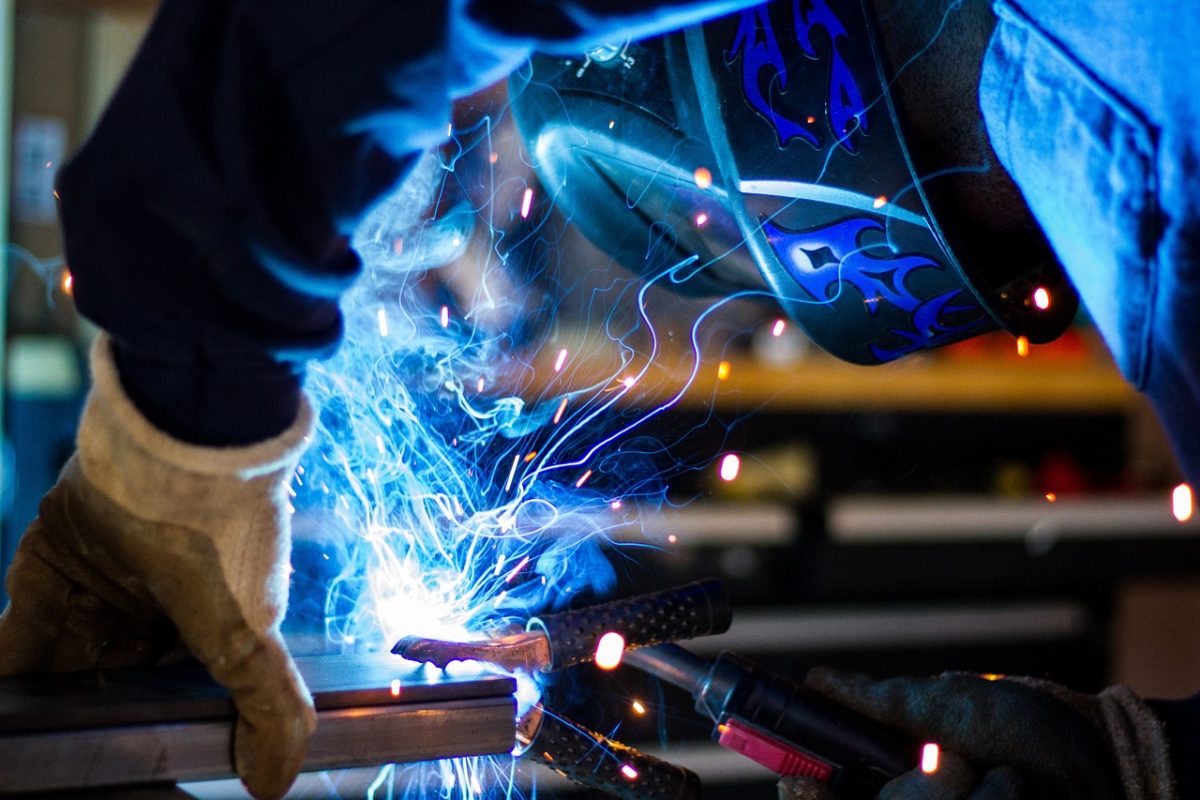
Background
Manufacturers in the Pays de la Loire region face metal workers shortage. This challenges represents a crucial issue for companies and training organizations involved in the maritime sector and wishing to engage in the use of renewable marine energies like the offshore wind power.
This synthesis analyses the feedback from countries that have experienced the rise of wind power to see if they had to face metal workers skill shortage and, where applicable, identify the levers activated to tackle this issue.
1990-2007
The start of the offshore wind did not lead immediately to metal worker shortage : the rise of the offshore wind allowed the transfer of skills from the ship industry , thus ensuring the employment of the metal workers affected by the decline of the former shipyards (example: Bremehaven/Germany), Odense/Denmark).
To allow this skill transfer from the ship to the offshore wind field, some clusters and local training centers were created. The objective was to adapt the existing skills to the new field and to developp workers mobility skills to allow potential ulterior workers transfers.
2008-2010
At a time when the shipbuilding recovered while the offsfore wind power only kept a slow developpement , welding techniciens shortage begun despite the stability of the number of metal employments. Indeed, the inversion in the age pyramid accentuated by the lack of attractiveness of metal occupation among young people led to the shortage. Some levers were activated to tackle this issue such as:
- the use of sub-contractors
- the recruiting from other sectors
- increase of salaries
- eco-friendly attractivity campain towards young people
2011-2017
It seems that the solution were not sufficient enough as the shortage was accentuated. The offshore wind power was in a dynamic of strong growth and the shipbuiling sector was growing as well.
Besides, the competition between sectors (ship, offshore wind, nuclear sector, decomissioning of Oil and gas), reacting to cyclical needs and different calendars, adds to the complexity of managing the metal employment needs.
Short term solution was to accentuate the mobilities of workers among the different sectors, but this solution often meets calendar issues.
Therefore, the need to attract young people continues : welding competitions are organised, apprenticeship campaigns are launched and european a project such as the Weldchance project are created to participate to the promotion of metal worker occupations.
Your comments on this synthesis:
Sources
Ferroukhi, R., Khalid, A., Lopez-Pena, A., & Renner, M. (2016). Renewable Energy and Jobs: Annual Review 2015. International Renewable Energy Agency (IRENA).
Cedefop Green skills and environmental awareness in vocational education and training (2008).Readable at http://www.cedefop.europa.eu/en/publications-and-resources/publications/5524
European Wind Energy Association, EWEA (2008): Wind at work
Eu-sector-report-en3 (2008). A comparison of the European metal Industry and Electrical Industry Project « Shortage of Skilled workers”, (2008) readable at https://bertmaes.files.wordpress.com/2009/06/eu_sector-report_en3.pdf
Giovacchini, E., & Sersic, J. (2012). Industry Transformation Report: Shipbuilding Industry. Europe Innova European Cluster Observatory (Report for the European Commission).
Hart, P., & Schotte, D. (2008). Demographic change and skills requirements in the European shipbuilding and ship repair industry. Brussels, Belgium: European Metalworkers Federation and Committee of Eu-ropean Shipyards’ Associations.
UKCES (2015). Sector insights: skills and performance challenges in the energy sector. Evidence report 90 : March 2015.

